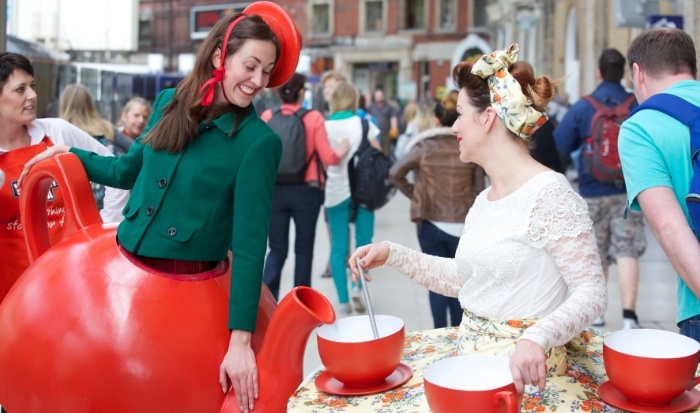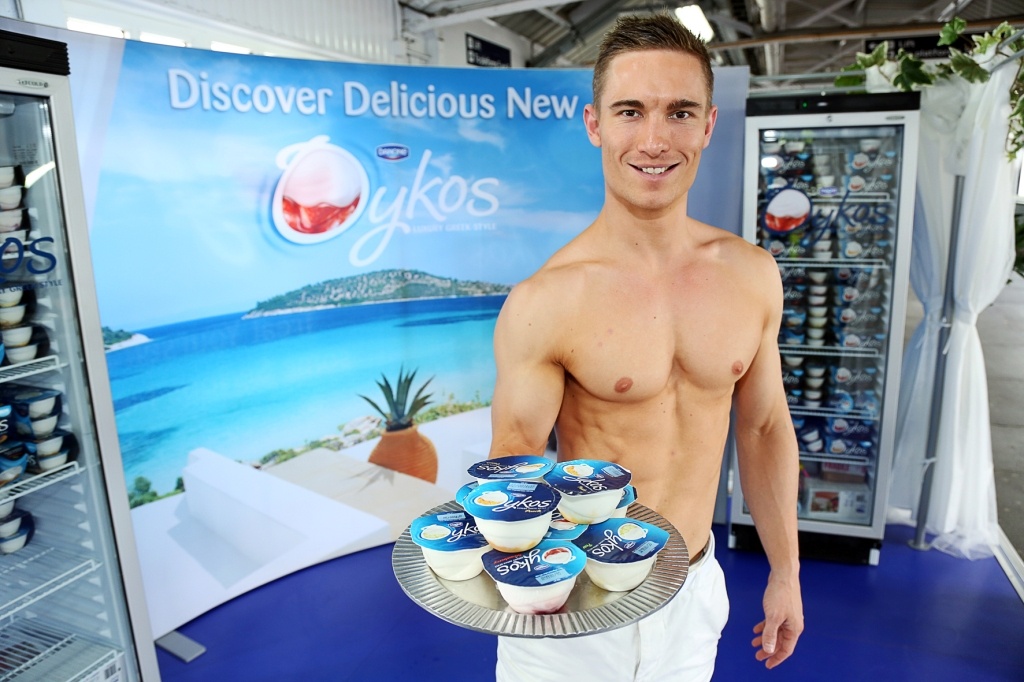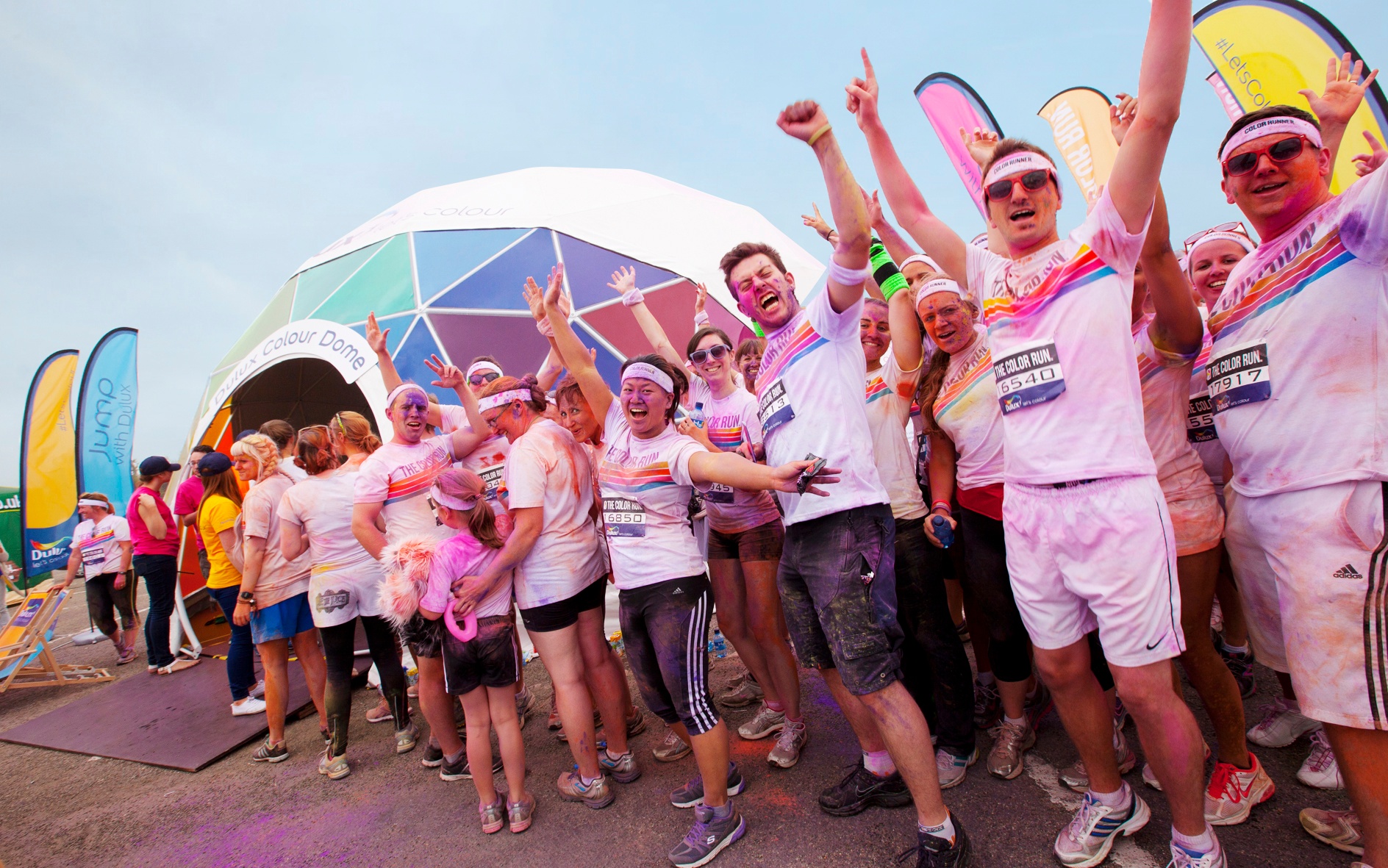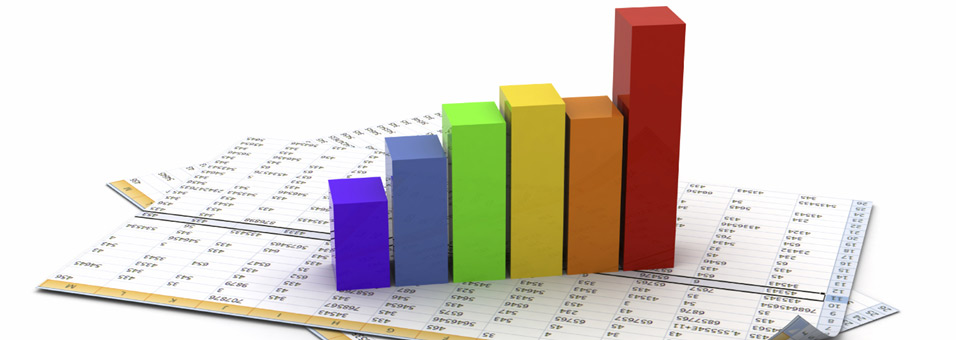Numerous consumer surveys in recent years found that experiential marketing is one of the most effective and valuable ways to convert consumers to brands.

But what’s the best way to prove the value of an individual experiential campaign? The answer is it all depends on what you’re setting out to achieve.
Here at Because we like to talk about campaigns being on a spectrum of objectives we term Rave and Revenue.
· Revenue = short term purchase
· Rave = building brand love
REVENUE: “BUILD MY SALES”
Revenue campaigns are designed to directly touch a large volume of people, instantly influencing purchase decisions.
High volume sampling campaigns, customer acquisition programs and public education pieces all fall under this category. They use compelling conversion mechanics, balancing cost per contact and depth of engagement to deliver cost effective brand conversations.
The Proof: A study by the Event Marketing Institute found that 95% of consumers were more inclined to purchase products after participating in events promoting them, with 54% actually doing so at a later date.
RAVE: “MAKE MY BRAND FAMOUS”
If your primary aim is to build some buzz around your brand, experiential marketing can certainly do that too. What we define as ‘Rave campaigns’ are designed to indirectly touch a large volume of people, influencing brand perceptions. We achieve this by delivering engaging experiences people want to share and leveraging the secondary reach via social media and content sharing.
The Proof: Global research by Momentum Worldwide found that attending a branded live experience drives 65% of people to recommend a brand. 77% of consumers are more likely to buy a new product when learning about it from friends or family.
How to Measure Success
Whichever end of the Rave-Revenue spectrum your brand objectives fall into, there are a number of key steps you can take to ensure you can prove the full value of your experiential campaign:
1. Agree SMART KPIs
Setting clear, measurable KPIs is a vital step of the planning process for any experiential campaign. Revenue KPIs include measures such as total engagements, conversion to purchase, leads, coupon redemption and behaviour change. Rave KPIs include total reach, changes in Net Promoter Scores, brand affinity/perception changes, social chatter and brand equity scores.
2. Include peripheral values
The nature of experiential marketing means it can often generate valuable spin-off benefits for brands through both planned and unplanned amplification. So don’t forget peripheral results such as PR, data and media value generated.
3. Embrace agency models
Good experiential agencies have years of experience measuring the effectiveness of their work, so consult with them and embrace their tried and tested models, even if they are new to you. At Because, for example, our Value Generator Model is specifically designed for FMCG brands at POP, allowing brands to project ROI on a 1,2 and 3 year basis. This is completed at the beginning of a campaign to allow us to model the most effective campaign possible.
4. Take an integrated approach
The best experiential campaigns often embrace integrated elements of PR, media, social and digital. So ensure all your agencies, account managers and sales teams are involved in supplying the necessary data to form a complete picture of your campaign’s success. EPOS and loyalty card data can also be highly valuable.
5. Invest in bespoke research
Ultimately, nothing beats bespoke third party research pre- and post-campaign for evaluating changes in consumer attitudes and behaviour as a result of experiential campaigns. This is especially valuable for Rave campaigns, where there can be fewer ‘hard’ measures of success.
Experiential marketing boasts many advantages, and there is a discernible overlap between those; even if your primary aim was to build some buzz and get people talking about your brand, it’s likely this will results in uplift in sales, too, and ensure great levels of ROI, and vice versa.
By setting clear objectives and KPIs at the outset, and embracing the steps above, expect to see for yourself just how valuable experiential marketing can be for your brand.